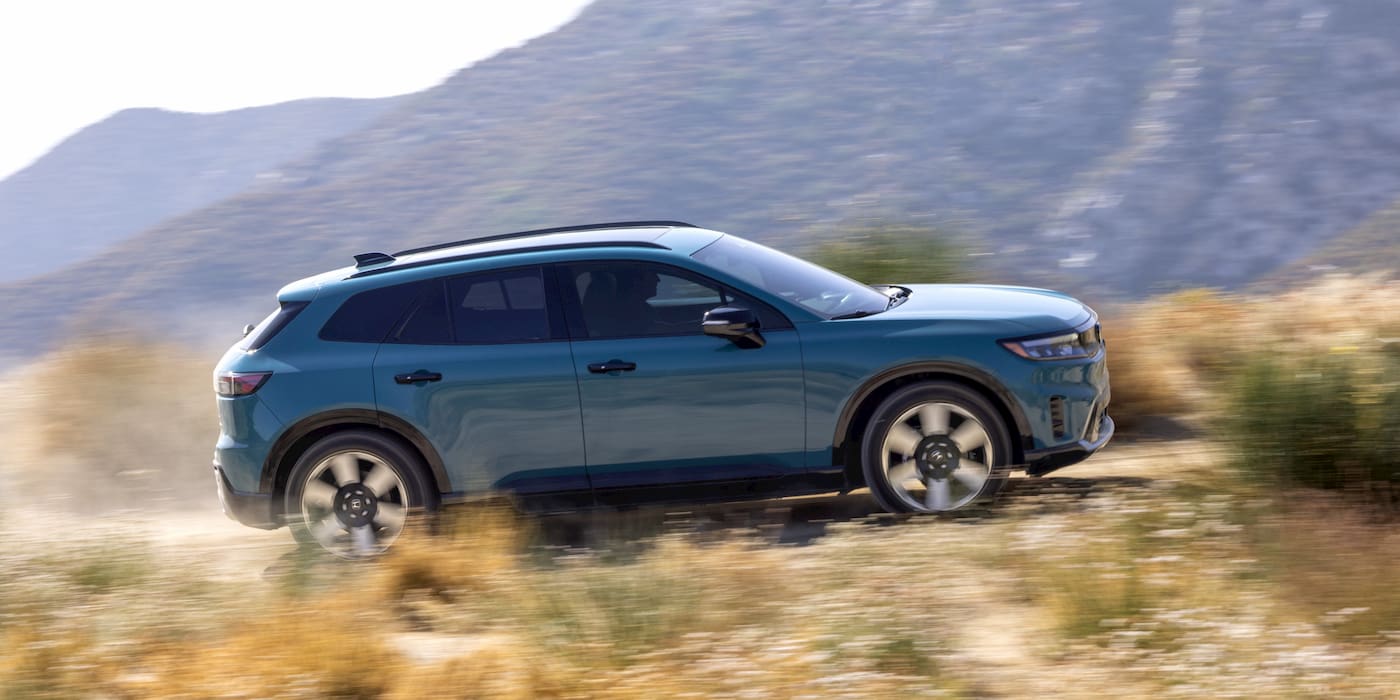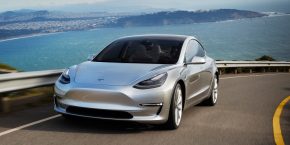
The US EV market closed out 2024 on a high note despite swirling uncertainty about the future of federal tax incentives. Cox Automotive’s newly released Q4 data shows a record 365,824 EVs sold – up 15.2% from the previous quarter – and annual EV sales of 1.3 million, a 7% increase from 2023.
We spoke with Stephanie Valdez Streaty, strategic planning director at Cox Automotive, about how these strong numbers underscore growing consumer interest in electrified transportation, even as key federal policies remain in flux.
Electrek: What role is leasing playing in growing EV adoption?
Stephanie Valdez Streaty: Notably, we continue to see leasing serve as a prime pathway for EV adoption. With purchase incentives subject to a variety of eligibility rules, many consumers have gravitated toward EV leases instead.
This “leasing loophole” has fewer restrictions, making it a particularly attractive option for those models that do not qualify for the full purchase tax credit.
In recent months, leasing rates have surged as automakers and dealers encourage consumers to take advantage of lower monthly payments, reduced risk of depreciation, and immediate federal subsidies funneled through the lessor.
While it’s difficult to tease out exactly how fears of expiring incentives fuel these numbers, there is little doubt that the current federal tax structure is helping put more EVs on the road.
Electrek: Which new EV models are driving sales growth, and what barriers are still slowing widespread adoption?
Stephanie Valdez Streaty: As always, Tesla’s Model 3 and Model Y continue to lead the pack, but Q4 data shows other models rapidly gaining ground.
Honda’s new Prologue vaulted to the No 3 spot for the quarter after launching in April, buoyed by strong brand recognition and pent-up demand.
Meanwhile, Chevrolet’s Equinox and Blazer EVs – delayed earlier by software issues – also contributed to higher sales once they came fully online.
Price remains the single biggest barrier for would-be EV buyers, and truly sub-$30,000 EVs are still scarce in the US market. Yet, with lower-priced models on the horizon – such as potential updates to the Chevrolet Bolt and new entries like the Kia EV3 – manufacturers are working to broaden consumer choice at more affordable price points. The arrival of these options in late 2024 and 2025 may help sustain the upward sales momentum.
Electrek: If the $7,500 federal Inflation Reduction Act EV tax credit is canceled by the Trump administration, what role could states play in terms of incentives for consumers?
Stephanie Valdez Streaty: Much of the future of EV adoption may hinge on the policy environment. In some states, generous incentives have significantly accelerated the shift to electric mobility. Colorado, for example, has combined its own rebate program with federal tax credits, making EV ownership increasingly accessible –and the state has seen one of the US’s highest jumps in EV adoption over the past year.
Meanwhile, California remains the largest single EV market, thanks to stricter emissions standards, robust incentives, and a strong charging infrastructure network. Many other states are now following suit by adopting California’s Zero-Emission Vehicle (ZEV) standards – effectively matching or exceeding federal requirements for EV adoption.
If federal consumer tax credits were to shrink or disappear, analysts suggest that more states could step in to fill the gap with their own subsidies. Whether or not they do, though, may largely depend on budget constraints and each state’s broader clean energy goals.
Electrek: How could the cancellation of the $7,500 EV tax credit impact the wider EV industry, such as manufacturing?
Stephanie Valdez Streaty: Billions of dollars in EV and battery-manufacturing investments have already flowed into the US, often into states with historically lower EV adoption rates. As these new plants come online, they will require a healthy level of consumer demand to reach scale. That reality ties the fortunes of federal incentives, state policies, and local economies more tightly together. If incentives vanish abruptly, these investments might be underutilized, potentially cooling the pace of the entire EV market.
Electrek: What are your predictions for the US EV market in 2025 and beyond, despite the lack of policy support from the Trump administration?
Stephanie Valdez Streaty: Looking ahead, the near-term forecast remains positive. Industry analysts project about a 10% EV market share by 2025, helped by the continued rollout of new models (up to 15 more hitting showrooms in the next year or two) and an improving charging network. Still, the growth rate will likely slow somewhat compared to the initial surge – typical of any maturing technology – and hinge on consumer confidence, price parity with gas-powered cars, and the reliability of fast-charging infrastructure.
The US still lags behind countries like China, where strong government policy and an abundance of competitively priced EVs have led to even faster adoption. However, the global trend toward electrification is unmistakable, and even if the US road has a few detours – whether in the form of changing incentives, evolving emission rules, or shifting consumer tastes – the trajectory is clear: EVs are well on their way to becoming a fixture of the American automotive landscape.
Ultimately, how quickly we get there depends on a confluence of factors, including continuing incentives, state-level action, and industry innovation. One certainty is that consumer awareness and acceptance of EVs will keep climbing, with new models, better infrastructure, and flexible financing options pushing the technology further into the mainstream. The destination is electric; the timetable, however, still hinges on what policymakers decide in the months and years ahead.
Read more: Ford CEO warns Trump tariffs will ‘blow a hole’ in the US auto industry like we’ve never seen
Click below to find a local dealer that may have the following EV models in stock (trusted affiliate link):

If you live in an area that has frequent natural disaster events, and are interested in making your home more resilient to power outages, consider going solar and adding a battery storage system. To make sure you find a trusted, reliable solar installer near you that offers competitive pricing, check out EnergySage, a free service that makes it easy for you to go solar. They have hundreds of pre-vetted solar installers competing for your business, ensuring you get high quality solutions and save 20-30% compared to going it alone. Plus, it’s free to use and you won’t get sales calls until you select an installer and share your phone number with them.
Your personalized solar quotes are easy to compare online and you’ll get access to unbiased Energy Advisers to help you every step of the way. Get started here. –trusted affiliate link*
FTC: We use income earning auto affiliate links. More.





Comments